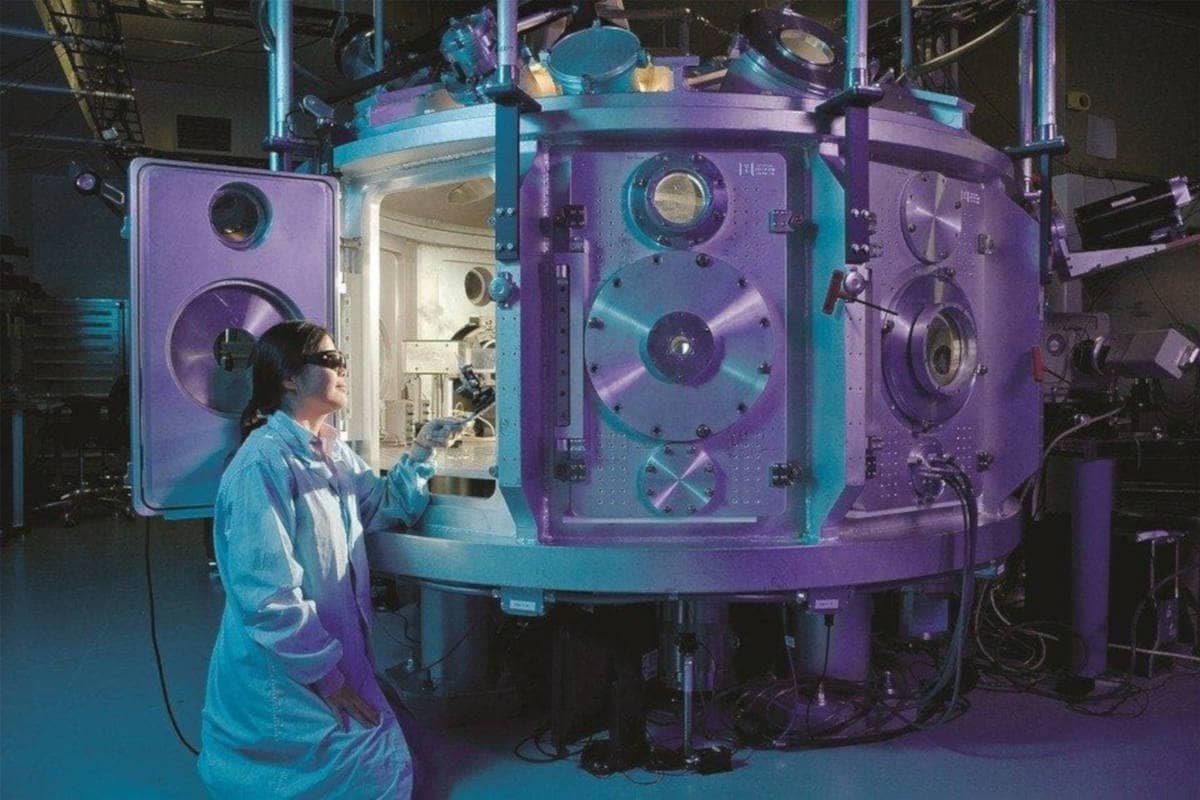
Market research and product tests come in two forms:
- Test the product yourself for performance issues
- Market research to see if the product is welcomed by consumers.
Market research to develop your new product should involve various product tests.
When you are ready to start doing market research, there are several methods you can use to showcase your product. You want to collect data from people who would use your product. Each form of data collection has its own advantages and offers different levels of information.
Monadic Tests – 1 product
In a monadic market research and product testing test, you show research participants a product in isolation for evaluation. This enables the tested person to give an open-minded opinion about the product, without the prejudices of other products. As a result, more questions can be asked about the product without tiring the recipient of the questions. It offers a more realistic simulation of a consumer’s experience with your product.
Paired Comparison Tests – 2 Products
Paired Comparison Testing is what it sounds like. The paired comparison test only presents two samples to the assessors, in which they are asked to make a comparison between the two samples. Only a pair of products, features or stimuli are revealed and tested by asking a topic that is preferred. This is useful for measuring small differences or preferences between competing products.
Sequential monadic tests – 1,2,3,….
In this test form, a product, an aspect or a stimulus of a product is displayed. However, several alternatives of the feature are presented to the recipient of the test in random order for comparison. Rather than showing all the alternatives at once and letting the topic pick its favorite, a sequential order allows exploration and understanding of the smaller preferences and differences between the concepts.
Protomonadic testing
This test helps keep respondents occupied and provides additional data. A test person receives a concept for testing and evaluating. Immediately after their evaluation, the subject receives a second concept for evaluation and evaluation. The final paired comparison test is an additional validation stage to check the results.
Market research success – Lego
An example of the results of successful market tests are Lego’s efforts to market to young girls.
In 2012, Lego became interested in the demographics of its consumers. After doing some surveys of their customers, they found that only 9% were female.
They conducted an expanded series of tests and market research to better understand young girls’ gambling habits and preferences.
Through their studies, they found that girls were much more interested in the interiors of buildings like dollhouses. They also prefer building environments rather than a single structure unlike some boys who like to build a garage for the car.
Lego launched Lego Friends in 2012 with their newly acquired knowledge. The toy series was quickly marketed to girls and became a hit. The value increased from $ 300 million to $ 900 million between 2011 and 2014.
